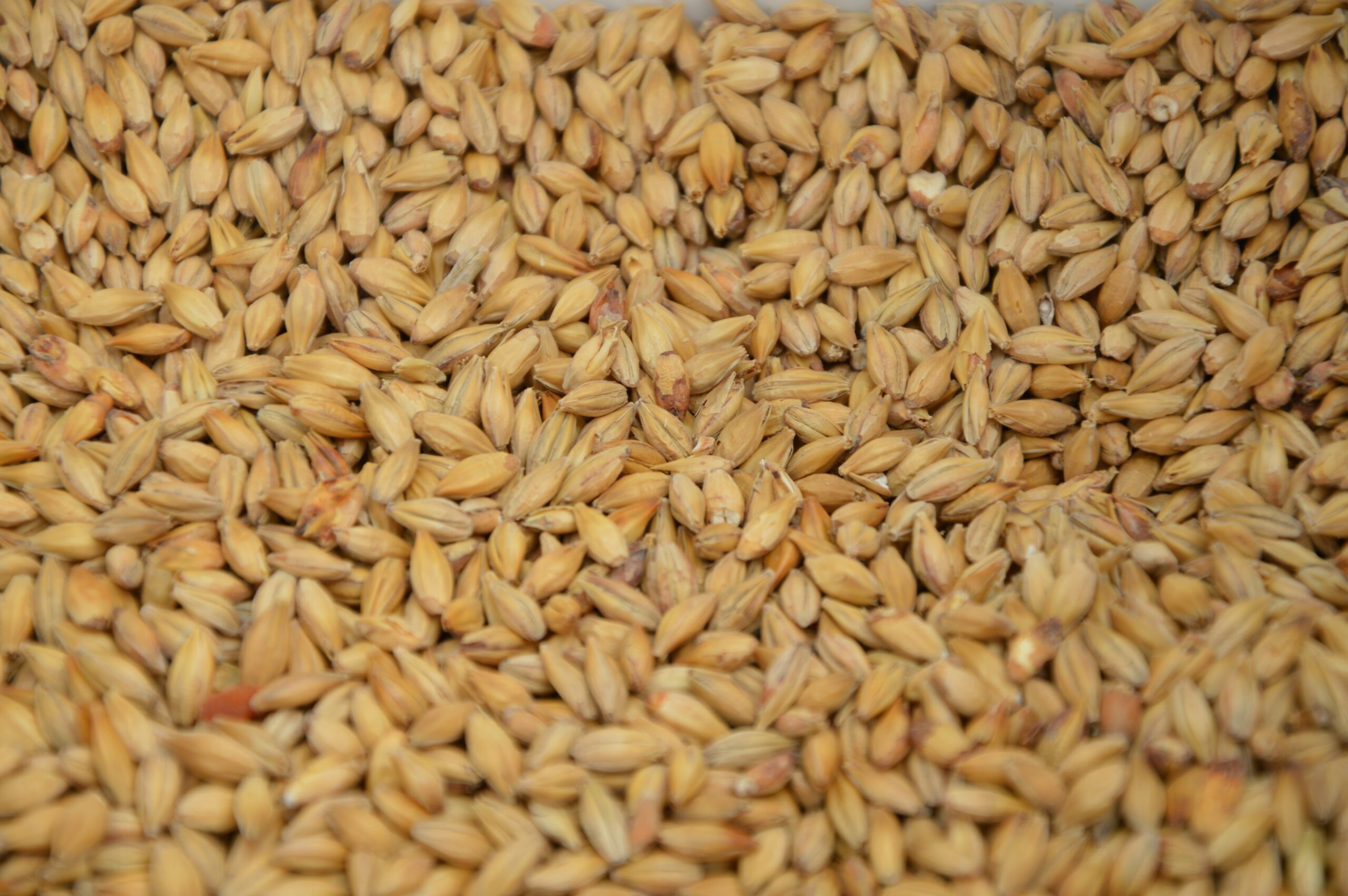
Barley is a versatile cereal grain used for animal feed, malt production (beer & whiskey), and human consumption. While less traded than wheat or corn, it plays a key role in global agriculture, particularly in brewing and livestock industries.
1. Types of Barley
Barley is classified based on its use:
-
Malt Barley (Premium grade) – Used in beer, whiskey, and food (highest demand).
-
Feed Barley – Cheaper, used for livestock (poultry, cattle, swine).
-
Food Barley – Consumed directly (bread, soups, health foods).
Key Varieties:
-
Two-row barley (Preferred for brewing – higher sugar content).
-
Six-row barley (More protein, used in animal feed).
2. Major Producers & Exporters
Top Producers (2023/24 Estimates, FAO)
-
Russia (~22 million metric tons)
-
Germany (~10.5 million metric tons)
-
France (~10 million metric tons)
-
Canada (~9 million metric tons)
-
Australia (~8 million metric tons)
Top Exporters
-
Australia (Largest malt barley exporter)
-
France (EU’s top supplier)
-
Russia (Cheap feed barley dominates)
-
Canada (High-quality malt barley)
-
Argentina (Feed barley to Middle East & Asia)
Key Importers:
-
China (Feed demand)
-
Saudi Arabia (Livestock feed)
-
Japan & EU (Malt for brewing)
3. Barley Futures & Trading
Unlike wheat or corn, barley has no major global futures market, but it is traded through:
-
Over-the-Counter (OTC) contracts (Private deals between buyers/sellers).
-
Euronext (France) – Trades milling barley futures (limited liquidity).
-
ASX (Australia) – Once had barley futures (now discontinued).
Price Benchmark: Often follows wheat prices (with a discount for feed barley).
Price Drivers
✔ Beer Demand – Global malt consumption (~30% of barley use).
✔ China-Australia Trade Disputes (2020 tariffs disrupted exports).
✔ Russian Exports – Cheap feed barley floods markets.
✔ Droughts in Canada/Australia – Hurts malt barley supply.
4. Demand & Consumption
-
Animal Feed (~60%) – Especially in Middle East & China.
-
Malting (~30%) – Beer, whiskey, malt extracts.
-
Human Food (~10%) – Barley flour, soups, health foods.
5. Price Trends & Volatility
-
Historically Cheaper Than Wheat (Trades at a ~20-30% discount).
-
2020 Price Spike – Australia-China trade war shifted global flows.
-
2022-2024 Prices:
-
Feed Barley: ~$200-$250/ton
-
Malt Barley: ~$300-$400/ton (higher premium).
-
Bullish Factors
-
Droughts in Australia/Canada (malt shortage).
-
Rising beer demand (post-COVID recovery).
-
Geopolitical disruptions (Black Sea exports).
Bearish Factors
-
Large Russian harvests (floods market).
-
Decline in beer consumption (health trends).
-
Wheat price drops (barley follows).
6. Investment & Trading Strategies
How to Gain Exposure
-
OTC Contracts (Through grain traders like Cargill, Glencore).
-
Agribusiness Stocks:
-
Malting Companies: Malteurop, Boortmalt (private).
-
Brewers: Anheuser-Busch (BUD), Heineken (HEIA).
-
Grain Traders: Archer-Daniels-Midland (ADM), Bunge (BG).
-
-
ETFs with Ag Exposure:
-
Invesco DB Agriculture Fund (DBA) – Indirect barley exposure via wheat/corn.
-
Seasonal Trends
-
Northern Hemisphere Harvest (July-Sept): Prices dip.
-
Pre-Harvest (April-June): Weather risks cause volatility.
7. Risks
-
Trade Policies (China’s tariffs on Australian barley).
-
Climate Sensitivity (Droughts hurt malt quality).
-
Low Liquidity – No major futures market = harder to hedge.
Conclusion
Barley is a niche but essential commodity, heavily influenced by brewing demand and feed markets. While less liquid than wheat or corn, shifts in malt demand and Russian exports create trading opportunities.
